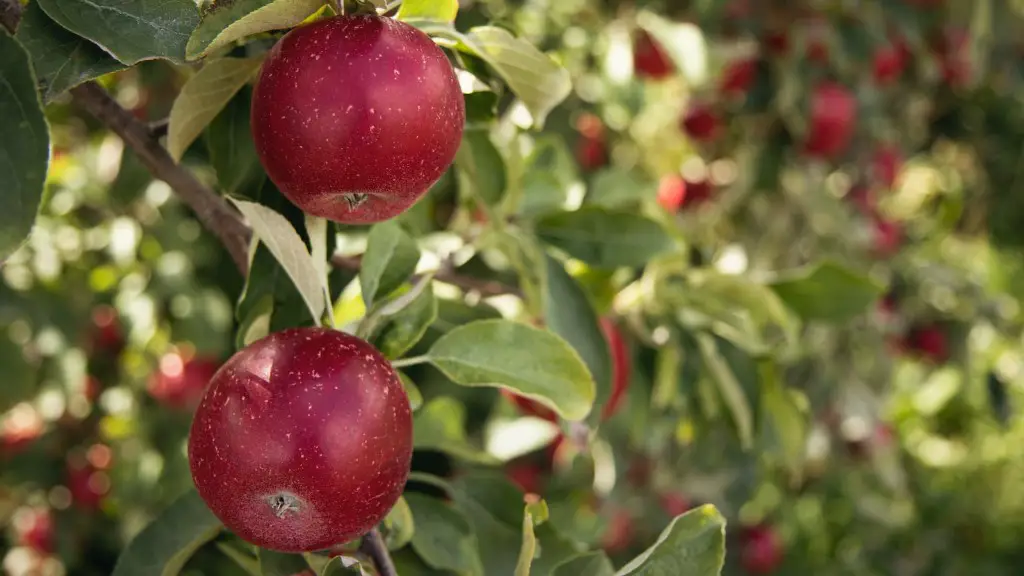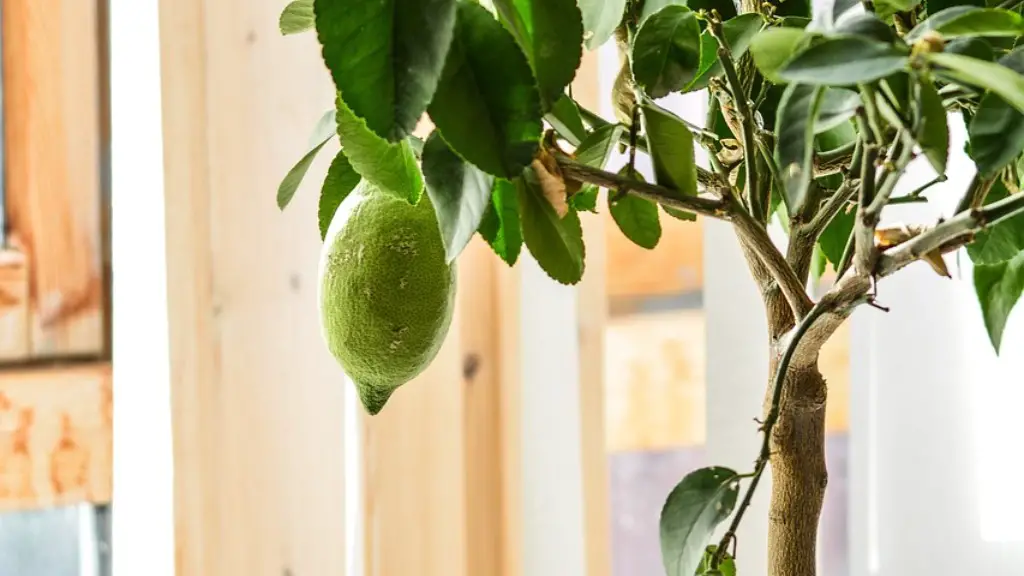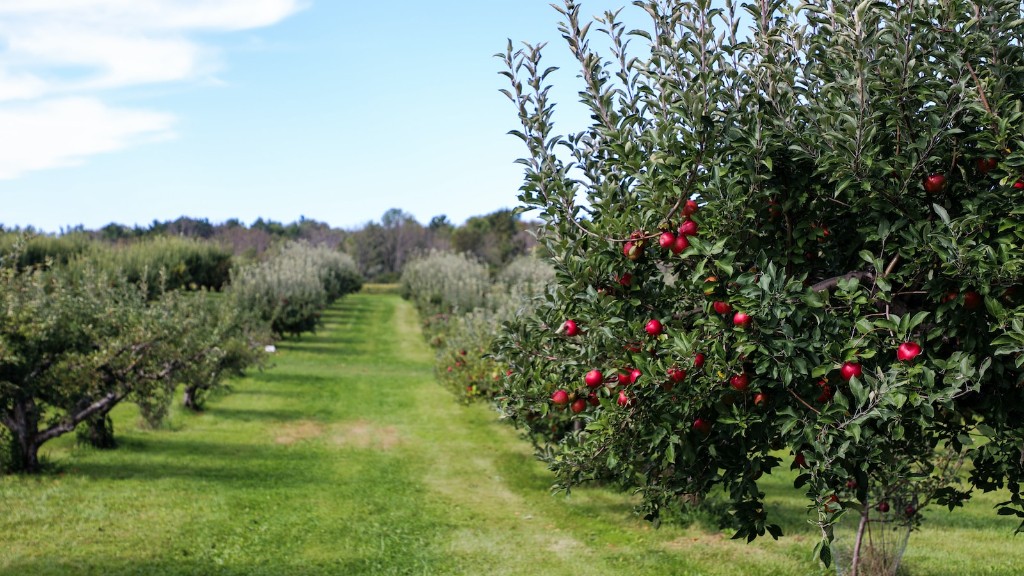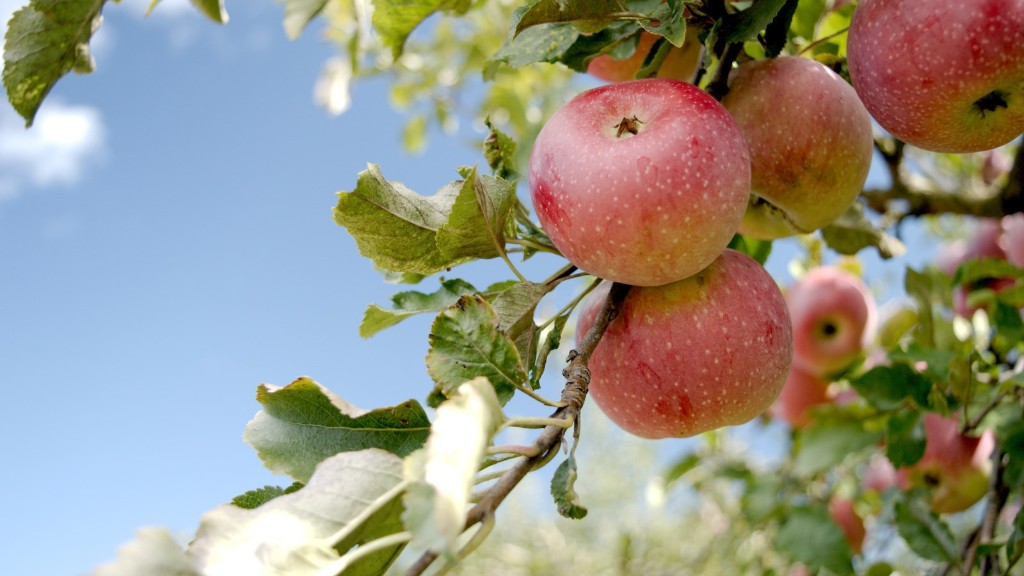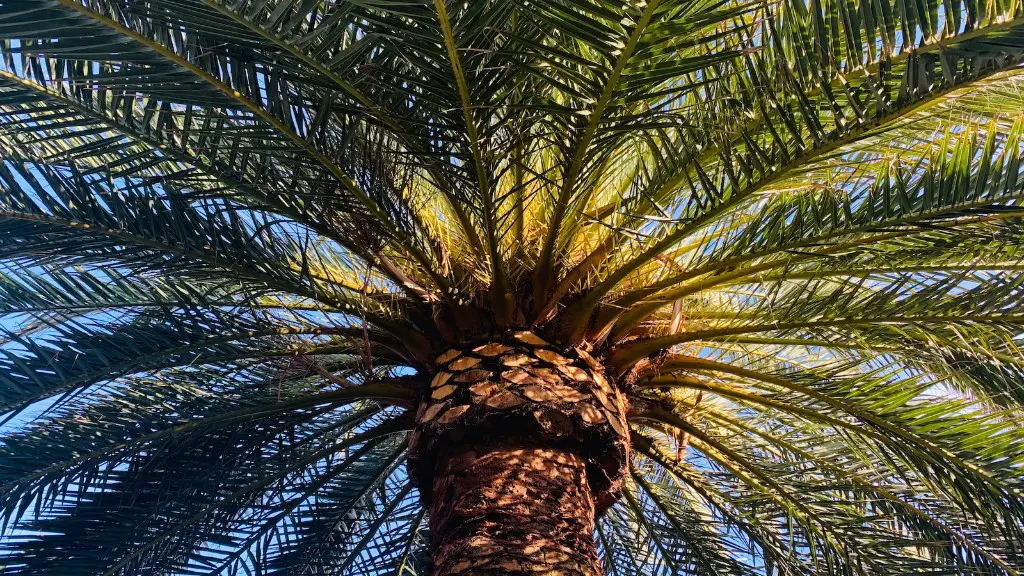Apple trees require a certain amount of care in order to stay healthy and produce apples. If an apple tree is not properly cared for, it can start to wither and die. There are a number of reasons why an apple tree might not be receiving the care it needs, and as a result, it is important to be aware of the warning signs that your apple tree is dying. Some of the most common reasons for an apple tree to die include poor drainage, lack of sunlight, and pest infestations. If you notice any of these things happening to your apple tree, it is important to take action immediately in order to save the tree.
One possible reason why your apple tree might be dying is because it is not getting enough water. Apple trees need 1-2 inches of water per week, so make sure you are watering your tree regularly. Another possible reason for a dying apple tree is pests or diseases. Inspect your tree for any signs of pests or diseases and treat accordingly. Finally, apple trees need a certain amount of sunlight to thrive, so make sure your tree is in a location that gets at least 6 hours of sunlight per day. If you have followed these steps and your tree is still dying, it is best to consult with a certified arborist or tree specialist.
How do you save a dying apple tree?
If you have a tree that is in need of pruning, it is best to remove broken branches, branches that rub one another, and inward facing branches. Be patient when removing branches, as you don’t want to remove more than 25 percent of the tree’s wood at any one time. Doing so could shock the tree and cause sunscald damage. Give yourself at least two years to rejuvenate the tree.
Although the exact cause of RAD is still unknown, there are several theories about what might be causing the phenomenon. One theory is that the RAD-affected trees are suffering from some sort of root rot or infestation. Another theory is that the trees are being affected by a fungus. Whatever the cause, RAD is a serious problem for apple growers, and more research is needed to determine how to best protect trees from this deadly disease.
What kills apple trees
Fungal and water mold infections are a big problem for apple trees. These trees are susceptible to many different fungal pathogens, and they are also prone to infections by water molds. Water molds are insidious fungal-like organisms that live in the soil and thrive under moist conditions. They can cause a lot of damage to apple trees, and they can be very difficult to control. If you have an apple tree that is infected with a fungal or water mold pathogen, it is important to take action to control the infection. Otherwise, the tree may eventually die.
Black rot is a fungal disease that can affect various trees and plants. In order to treat black rot, you should remove all dead or diseased branches, as well as any dried fruits. You should also burn or bury any infected plant materials. If you cut down any trees, be sure to remove the stump to prevent the spores from spreading. Fungicides are typically not used to manage black rot.
How can you tell if your apple tree is dying?
If you see a tree with any of the aforementioned signs, it is likely dead and should be avoided.
If you’re new to growing fruit trees, then Miracle-Gro is a suitable option. Miracle-Gro tree fertilizer has the necessary nutrients to promote healthy growth. However, if you’re working on a budget, you may want to consider another option.
What does an overwatered apple tree look like?
Overwatering your plants is a common problem for gardeners. There are a few telltale signs that you can look for to determine if your plants are getting too much water:
1. If new growth withers before it’s fully grown or becomes slightly yellow or green, there is too much water present.
2. Watch leaves carefully as well. They may look like they are green, vibrant, and healthy, but if they break easily and are overall fragile, they can be suffering from too much water.
3. Another sign of overwatering is if your plants start to droop or wilt, even when they are not wilted from the heat.
If you notice any of these signs, cut back on watering your plants and make sure they are getting adequate drainage. If the problem persists, you may need to replant in a drier location.
Plants need sunlight, water, and nutrients to grow. Poor growing conditions can prevent plants from getting the things they need to grow. Drought, for example, can cause plants to wilt and die because they don’t have enough water. Excess shade can prevent plants from getting enough sunlight. And lack of nutrients can prevent plants from getting the food they need to grow.
What does apple rot look like
external rot is a type of decay that affects the skin of the fruit first. It is characterized by small, brown spots that may be surrounded by a red halo. As the decayed area expands, the core of the fruit becomes rotten and eventually the entire fruit may be affected. Red-skinned apple varieties may bleach during the decay process and become a light brown.
Good air circulation prevents apple tree pest and disease problems, because many pests and most fungal spores need dark, damp, and warm conditions to thrive. Correct annual pruning ensures that every branch of your tree has access to sunlight, so that the apples on each branch can properly ripen and colour.
Does Epsom salt help apple trees?
Epsom salt can help fruit trees yield larger, sweeter fruits. Just add a handful of Epsom salt to the base of the tree or around the drip line of the tree (the area where the roots extend out from the trunk). Doing this once a month will give your fruit trees the magnesium they need to produce delicious fruits!
Citrus Canker is a disease that affects citrus trees and can result in sunken, dark bark that is cracked or peeling. If the bark is peeled back, brown staining of the sapwood can be seen. Cream to light-yellow colored ooze may be found along infected branches, shoots or fruit during humid weather or after a rain.
Can you revive a sick tree
There are a few things you can look for to help you determine if a tree on your property is dead or alive. First, look at the tree’s leaves. If they are all brown and dried out, then the tree is likely dead. Another way to tell if a tree is dead is by looking at the branches. If the branches are all brittle and dry, with no green growth, then the tree is probably dead. Finally, you can try tapping on the trunk of the tree. If it sounds hollow, then the tree is likely dead. Of course, the only way to be absolutely sure is to have an arborist come out and take a look.
Once a tree is infected with a disease, it is very difficult to save it. This is because the disease spreads quickly and people often do not recognize the signs of a diseased tree until it is too late. There is not much that can be done to save a diseased tree.
Can you over water a apple tree?
Newly Planted
If it rains all week, you don’t need to water your newly planted flowers. However, if it is hot and dry in the summer, you would need to water them more frequently. The most important thing is not to overwater since this will lead to root rot.
While the average healthy and well cared apple tree can live from 50 to 80 years, there are striking exceptions to this rule. Some apple trees have been reported to live for more than a century. However, an apple tree rarely produces many fruits after its 50th year of age.
Warp Up
The most common reason for an apple tree to die is lack of water. During extended periods of dry weather, apple trees need to be watered deeply and regularly in order to stay alive. Other causes of death in apple trees include severe damage from pests, frost, or disease.
After much investigation, it is concluded that the apple tree is dying because of a lack of nutrients. The soil is not providing the tree with the necessary minerals and vitamins needed to thrive. Also, the tree may be infected with a disease or insect infestation.
